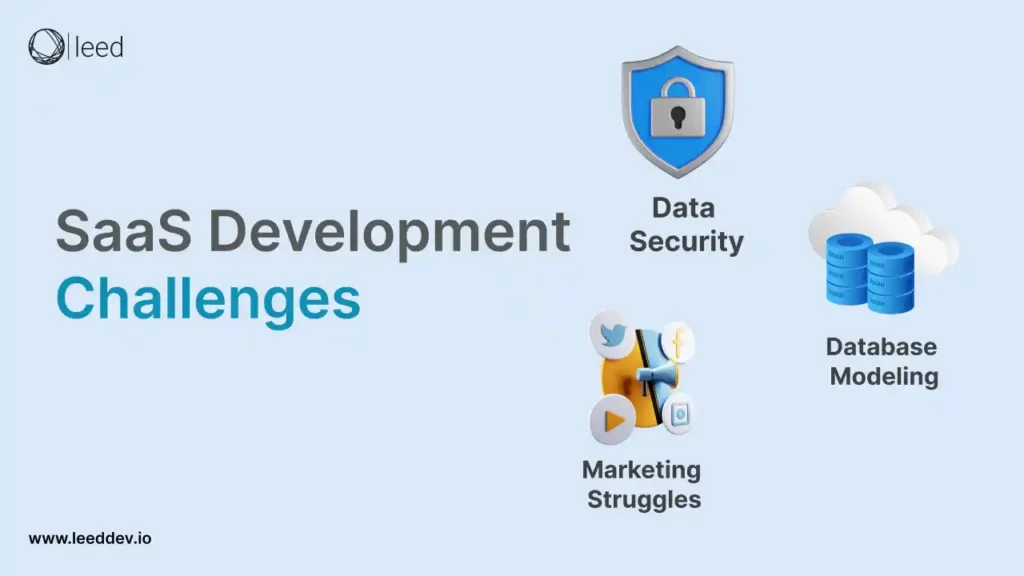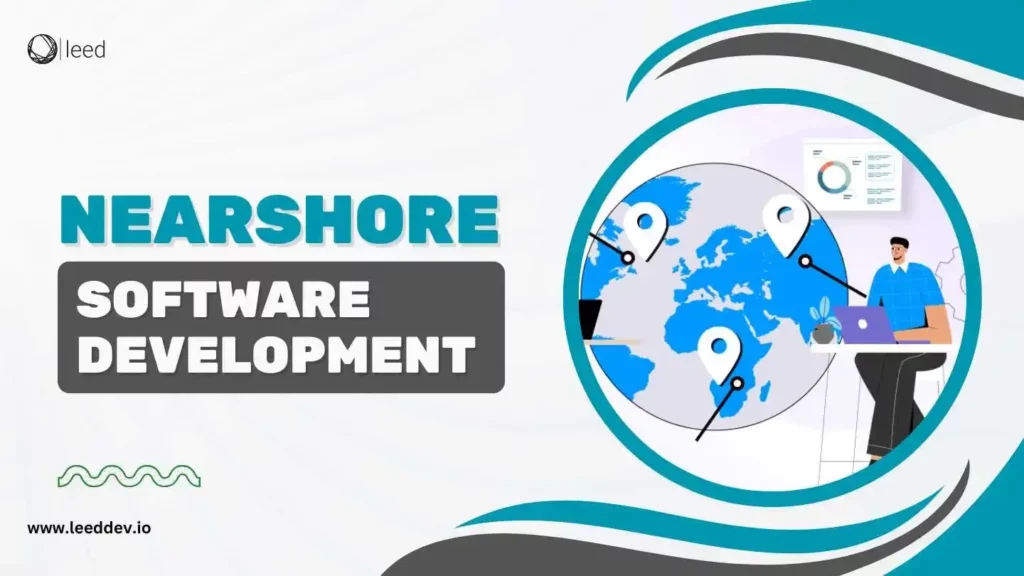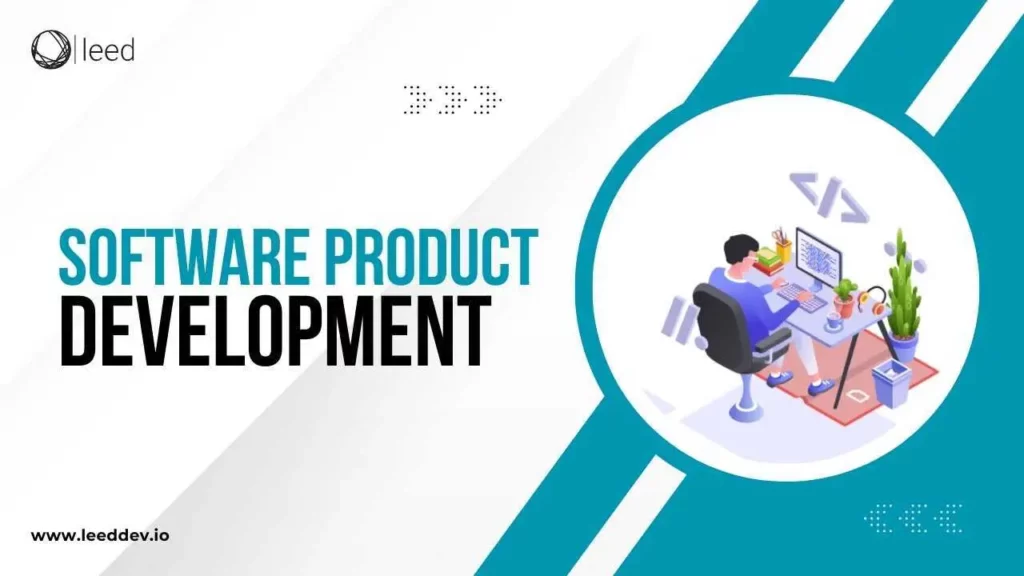While every SaaS project is unique many face the same tough challenges like scaling, security, user experience & smooth integration. Before starting it’s essential to know what you’re up against. In this blog we tap into over 25 years of SaaS expertise to uncover the most common development hurdles companies face & how to overcome them.
From real world insights shared by seasoned developers and tech leads to lessons learned from our own flagship SaaS project, this article breaks down 9+ major challenges across product, sales, and strategy. No fluff, no pitches just honest advice to help you build smarter, faster, and stronger.
Ready to take your SaaS product from idea to impact? Let’s get into it.
What is SaaS Development?
Software as a Service is a way of delivering software over the internet. No downloads or installations needed. Users just log in from any device and start using the app.
Read Also: SaaS Application Development Full Guide
With SaaS the provider maintains the software, handling updates, security & performance. This makes it easier for businesses and users to access powerful tools without hassle of setup or maintenance. In short SaaS simplifies software use and helps companies focus on growth not tech problems.
Is SaaS Development Challenging?
Yes and no. SaaS development is definitely doable but it comes with its fair share of challenges. It’s not just about building a product you also need to handle tough issues like security, competition, user expectations and operations.
According to BetterCloud’s SaaSOps report:
- 65% of SaaS apps are unsanctioned (a big shadow IT issue).
- Offboarding a staff member from all SaaS tools can take over 7 hours.
- 50%+ of revenue often goes into sales and marketing.
- Many organizations have duplicate and orphaned apps.
- Only 18% of teams regularly monitor SaaS for data leaks.
As the SaaS market grows so do customer expectations. If your app isn’t fast, easy & secure users won’t stick around. Standing out in a crowded market takes solid tech, great service & smart marketing.
Top 10 SaaS Challenges You Should be Prepared For
SaaS is booming, but it’s not without roadblocks. While cloud-based software powers most modern businesses, the industry also faces a talent shortage and growing competition. If you’re building a SaaS product, here are the top challenges you need to be ready for:
Misconfigurations
One of the most common SaaS issues is misconfiguration and it’s more serious than it sounds.
About 43% of companies have experienced security incidents due to incorrect app settings. This happens because:
- Multiple departments access and tweak settings.
- No clear visibility into security changes.
- Lack of expertise in handling security settings.
Each SaaS app has its own complex settings. If not set up properly, even big organizations can make costly mistakes. In 2019, NASA accidentally exposed private employee data just because of a misconfigured Jira app.
How to Fix It?
Use tools like Security Posture Management to automatically detect and correct misconfigurations. It saves time, reduces risk & keeps your data secure.
Rising Product Development Costs
Building a SaaS product today isn’t cheap. Despite the availability of no-code and low-code tools, overall costs keep climbing due to:
- Inflation affecting everything from tools to salaries
- High demand for skilled developers, making hiring slow and expensive
- Maintaining legacy systems and paying off tech debt
- Long recruitment cycles in competitive IT markets
These factors make it hard for companies to cut cost or offer competitive pricing.
How to Handle It?
- Focus on increasing Average Revenue Per User
- Work on retaining current customers instead of chasing only new ones
- Track and improve Net Dollar Retention to ensure sustainable growth without excessive spending
Pricing & Monetization Struggles
Pricing a SaaS product is no walk in the park. Too high and users might bounce. Too low and you’re undervaluing your product. With models like subscription, freemium, usage based or tiered plans, each comes with its own pros and cons.
How to Handle It?
- Know your audience, study competitors and balance affordability with profitability
- Nail the pricing sweet spot where users stay happy and your business stays healthy
Integrating Third-Party Services
SaaS products often need to connect with tools like payment gateways, cloud storage, or social platforms but integration isn’t always smooth. Common issues include:
- Technical complexity
- Compatibility mismatches
- Skill gaps within the team
- Risks of dependency on external tools
Yet, seamless integration is a must-have for delivering a great user experience.
How to Handle It?
- Either train your team in integration best practices
- Or partner with an experienced integration team to ensure smooth, secure, and tested connections with third-party services
Multitenant Architecture Challenges
Designing a SaaS app that serves multiple customers using the same infrastructure is tough. You need to ensure each tenant’s data stays isolated, performance remains high, and system scales well all at once.
Why it’s tricky? It requires careful handling of resource sharing, tenant-specific needs, and security without compromising the experience.
How to Handle It?
Go with battle-tested practices like containerization to isolate tenant processes, custom configurations per tenant, and dedicated or logically separated database schemas. These steps help maintain performance and meet each client’s needs securely.
Database Modeling
Designing a solid database is tough, especially when handling large datasets, multiple workflows, and complex data types. A poor database structure can cause slow performance, data errors, and trouble scaling your app.
How to Handle It?
- Choose right type of database SQL for structured data, NoSQL for flexibility.
- Keep your data organized, reduce repetition & optimize queries to keep things running smoothly.
Sales & Marketing Struggles
With over 35,000 SaaS products out there, standing out is tough. Add to that high churn rates, poor UX, and boring UI and your SaaS might just fade into the background.
How to Handle It?
Don’t just sell solve. Focus on your audience’s real problems, highlight what makes your product different, and deliver a better experience than the rest. That’s how you earn attention and loyalty.
Zero Downtime Deployment
Keeping your SaaS product running 24/7 is ideal—but realistically, bugs, crashes, and system updates can lead to unexpected downtime. And even a few minutes offline can frustrate users. No system is perfect. Whether it’s a server issue or a failed update, disruptions are bound to happen.
How to Handle It?
- Use strategies like blue-green deployments or rolling updates to reduce risks during deployments.
- Pair that with real-time monitoring, regular backups, and a quick-response support team to keep downtime minimal and users happy.
Data Security
SaaS platforms store tons of sensitive data which makes them prime targets for cyber threats and strict regulations like GDPR, HIPAA or PCI-DSS. Managing bulk data is one thing but keeping it secure and transparent is where it gets tough. With evolving threats and increasing customer concern data leaks can cause major financial and reputational damage.
How to Handle It?
- Use strong encryption like AES or RSA
- Implement continuous monitoring with tools like SIEM or CASBs
- Enable multi factor authentication and SSO
- Always be clear with users about how their data is handled
Wrapping Up!
SaaS development isn’t easy but with the right strategies it’s absolutely achievable. From building a solid multitenant architecture to managing security each challenge is a chance to improve your product. By learning from real world experience & industry best practices you can tackle these hurdles head on and build a SaaS product that’s secure and ready to grow.
FAQs
What is the biggest challenge in SaaS development?
One of the biggest challenges is scalability—ensuring the application performs well as the user base grows, especially in a multitenant architecture.
How do I choose the right pricing model for my SaaS product?
Start by understanding your target audience, market standards, and your product’s value. Test models like subscription, freemium, or usage-based pricing to see what resonates most with users.
How can I ensure data security in my SaaS application?
Use strong encryption (AES, RSA), multi-factor authentication, and real-time monitoring tools like SIEM or CASB. Stay compliant with relevant regulations like GDPR, HIPAA, or PCI-DSS.
What strategies help reduce SaaS product downtime?
Implement blue-green deployments, rolling updates, and continuous monitoring. Backups and a responsive support team are also key for quick recovery during outages.
Why is third-party integration so difficult in SaaS?
Because of technical mismatches, API limitations, and dependency risks. These integrations require careful planning, testing, and sometimes help from experienced integration specialists.
What’s the best way to control rising development costs?
Focus on retaining customers, improving ARPU (Average Revenue Per User), and keeping a tight control on your tech stack and resource allocation. Avoid unnecessary complexity and invest in scalable architecture from the start.



